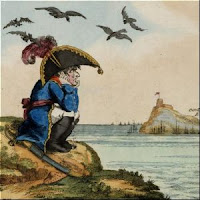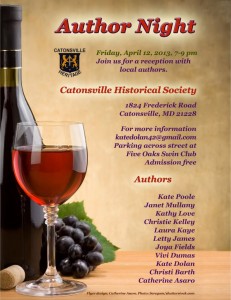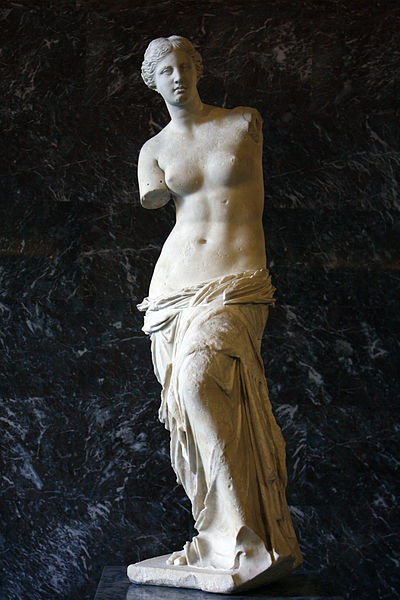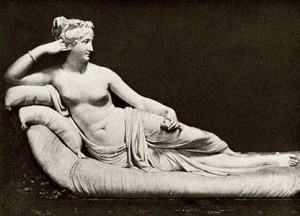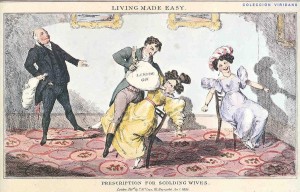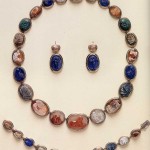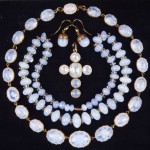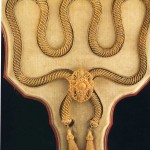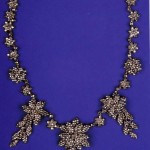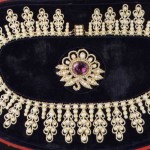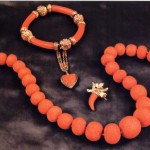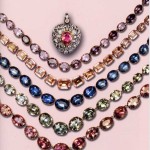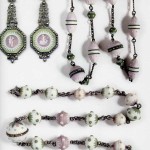Myretta entertained and educated us about some of the odd taxes that existed in and around “our” period. But today is Income Tax Day here in the US, so I went looking for some connection between income tax and the Regency.
There was an income tax during part of the Regency, it turns out.
An income tax was first introduced in 1799 by Prime Minister William Pitt the Younger, in order to pay for weapons and equipment for the impending Napoleonic War. It was a graduated income tax, levied at 2 pence a pound in incomes over 60 pounds, increased to 2 shillings per pound on incomes over 200 pounds.
The tax was on income from land, from public securities, from trade, professions, vocations and employment, income from interest, foreign income, and casual income (gambling winnings).
Although Pitt hoped that the tax would raise 10 million pounds, its actual amount for 1799 was 6 million. Later tax on dividend income was added.
Pitt’s income tax was abolished in 1802 when Henry Addington took over as Prime Minister (Pitt had resigned over Catholic Emancipation) and the Treaty of Amiens temporarily ended hostilities with France. Addington reintroduced the income tax a year later when the war started again. It was abolished in 1816, one year after the Battle of Waterloo.
There is another connection between Income Tax and the Regency. The first income tax proposed in the United States was during the War of 1812, which, of course, was with with England during “our” period. Ironically, the US income tax proposal was based on the British Tax Act of 1798. It was never levied, however, because the war ended before it came up for vote.
So….Have you complete your taxes yet? Or are you going to be in line at the Post Office minutes before 12 Midnight?
We did our taxes early this year. We sent them off yesterday!
(**I couldn’t find an Income Taxes image, so enjoy a glimpse of DC’s Cherry Blossoms!)


